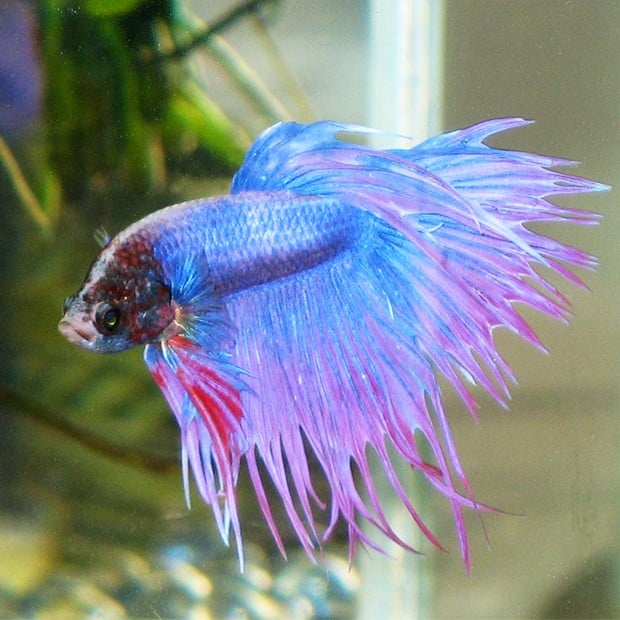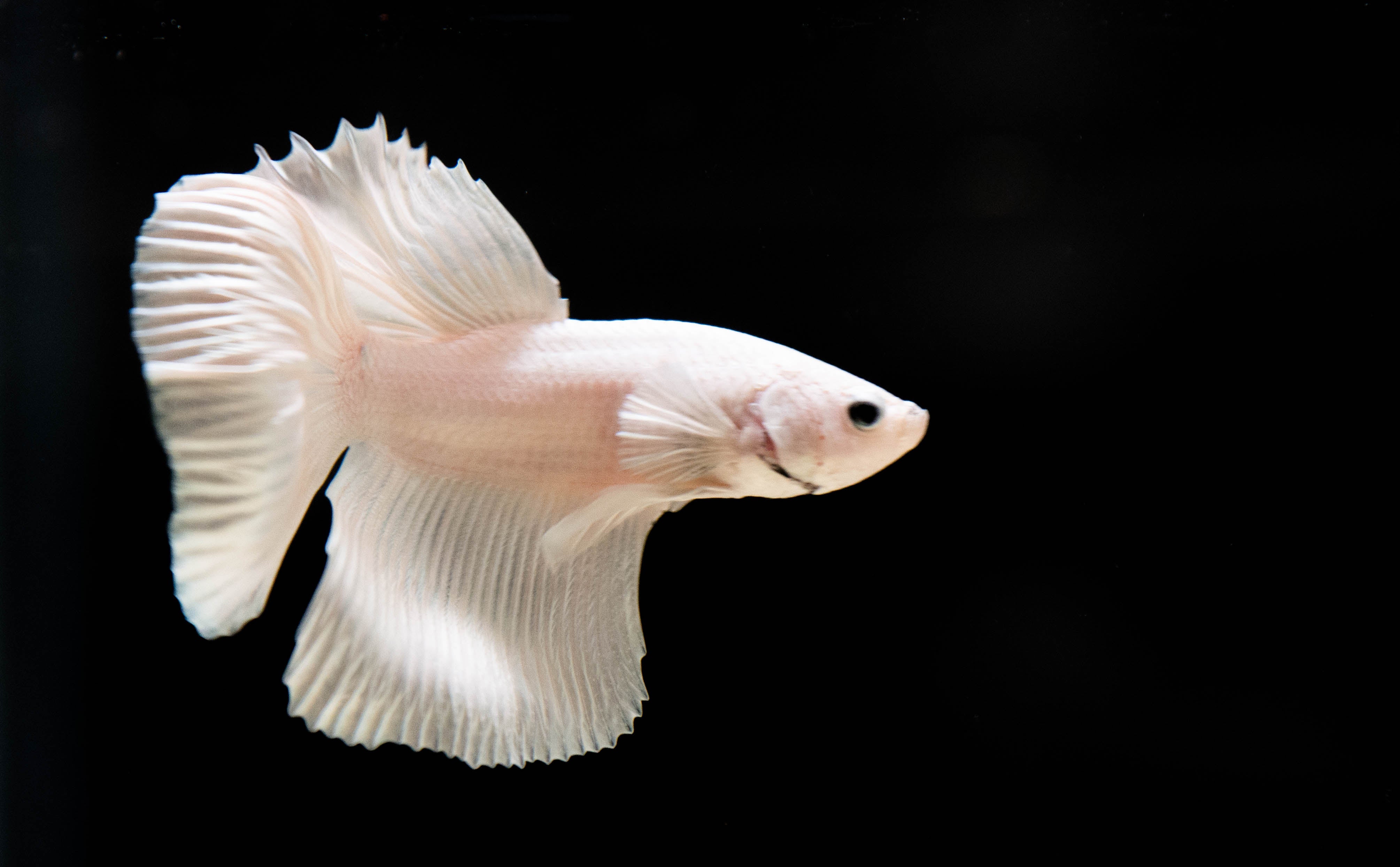Betta Fish Life Expectancy: Exactly How to Ensure Your Betta Lives Longer
Betta Fish Life Expectancy: Exactly How to Ensure Your Betta Lives Longer
Blog Article
Breeding Betta Fish: a Comprehensive Step-By-Step Guide to Successfully Raising Child Bettas From Eggs to Their Adult Years
Reproducing Betta fish is a meticulous venture that requires mindful planning and implementation to ensure the successful advancement of fry from eggs to develop fish. Selecting genetically diverse reproduction couple with preferable characteristics is just the start; developing an optimal atmosphere and recognizing the complexities of the reproducing procedure are just as vital. As the male Betta carefully constructs a bubble nest and guards the priceless eggs, the subsequent stages of care and shift demand focus to detail and understanding of ideal techniques. How does one navigate the tough yet satisfying course of supporting these vivid creatures to adulthood?

Picking Reproduction Pairs
When starting the trip of breeding Betta fish, picking the ideal breeding sets is crucial to attaining desirable traits and a healthy and balanced lineage - betta fish. The initial step in this process is to identify the specific attributes you want to enhance or maintain, such as color, fin kind, and physique. It is necessary to select genetically varied pairs to stay clear of inbreeding, which can cause health problems and undesirable attributes
Assess possible breeding prospects thoroughly. A healthy and balanced male Betta ought to show lively colors, an energetic behavior, and well-formed fins, while the female must additionally display vivid coloration and a rounded stubborn belly, indicating readiness for spawning. Observing the personality of both fish is important, as hostile or overly timid people might not reproduce successfully.
Maintaining documents of the moms and dad fish's origins can assist you track hereditary attributes and possible issues. Ultimately, investing time in the selection process will considerably improve the probability of producing strong, dynamic children that satisfy your breeding objectives.

Preparing the Breeding Container
Developing an optimum reproduction environment is a vital action after picking suitable sets for Betta fish. The breeding tank need to be particularly created to supply comfort and promote the natural reproduction behaviors of the fish. Beginning with a storage tank size of a minimum of 10 gallons to ensure ample area for both the man and female Bettas.
Keep a gentle purification system to keep the water clean while preventing solid currents that can stress the fish. Furthermore, an air rock can be included in give oxygenation without disrupting the water surface area as well a lot.
Temperature regulation is critical; goal for a stable variety of 78-82 ° F(25-28 ° C) making use of a trusted heating unit. The pH degree should be preserved in between 6.5 and 7.5, and routine water changes are needed to make certain high water high quality.
Integrate drifting plants or spawning mops to develop hiding places for the female, while additionally motivating bubble nest building by the man - betta fish. Ensure the storage tank is complimentary from sharp decorations and any kind of potential hazards, as the welfare of the fish ought to constantly be focused on throughout this critical phase of reproduction.
The Reproduction Process
Usually, the reproducing procedure for view Betta fish involves a series of distinct and evident habits that show preparedness for reproduction. The male Betta begins by developing a bubble nest at the water's surface, which works as a site for the fertilized eggs. This nest is essential, as it offers a safe environment for the eggs until they hatch.
Once the nest is developed, the man will present courtship behaviors, such as flaring his fins and exhibiting vibrant shades to draw in the woman. The woman, upon sensing the male's preparedness, will certainly respond by displaying upright red stripes along her body, indicating her receptiveness.
When the female techniques, the male engages in a mating dancing, typically resulting in a welcome recognized as the "spawning." Throughout this accept, the female releases her eggs, which the male feeds immediately. The fed eggs after that fall to the bubble nest, where the male carefully accumulates and returns them to the nest. Following this, the male presumes responsibility for guarding the nest and making certain the security of the eggs up until they hatch, normally within 24-36 hours. This stage is crucial directory in the breeding procedure, laying the foundation for effective fry development.
Caring for Betta Fry
Caring for Betta fry calls for cautious interest to their setting and nutrition to guarantee healthy and balanced development and development. After hatching, Betta fry are incredibly little and prone, necessitating a steady and clean environment. Maintaining a water temperature level in between 78 ° F and 80 ° F is vital, as Betta fry thrive in warm problems. Additionally, make sure that the water is without unsafe toxins; routine water adjustments of 10-20% are recommended to preserve optimum water quality.
Feeding Betta fry is equally essential. Originally, they ought to be offered infusoria or finely crushed high-grade fry food, as their mouths are too small to deal with larger fragments. As they grow, you can slowly introduce larger foods, such as infant salt water shrimp or powdered flakes, to guarantee they obtain ample nourishment. Feed them tiny quantities a number of times a day, being cautious not to overfeed, which can cause water quality issues.
Transitioning to Grownup Bettas
As Betta fry fully grown, transitioning them to grown-up Bettas is a crucial phase that calls for mindful monitoring of their atmosphere and social interactions. This procedure usually begins when the fry reach around 6 weeks old, at which point they can be gradually introduced to an extra organized living setting.
To promote this shift, it is important to ensure that the water specifications-- such as temperature, pH, and ammonia degrees-- are optimal and secure. Grown-up Betta fish thrive in cozy water (around 78-80 ° F) with a pH of 6.5 to 7.5. Gradually adapt the fry to these conditions to lessen tension.
Social interactions are another vital element; man Bettas are notoriously territorial and hostile. For that reason, it is suggested to separate males right into specific containers as they mature. Women Bettas can be housed together, but treatment must be required to keep an eye on for signs of hostility.
In addition, dietary changes must be made as the fry grow. Integrate top quality pellets and live foods to support their development and wellness. important link By managing these elements successfully, you can advertise a successful shift to their adult years for your Betta fish.

Final Thought
Effective breeding of Betta fish calls for cautious attention to information throughout the entire process, from picking genetically varied pairs to giving ideal care for fry. In addition, a well balanced diet and steady adjustment to adult environments are important for the growth and development of Betta fish.
Report this page